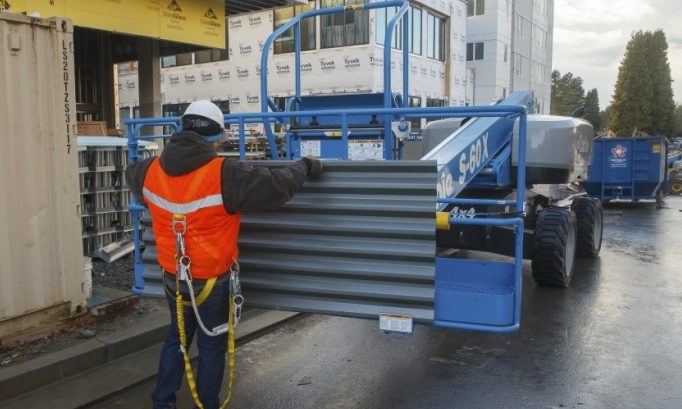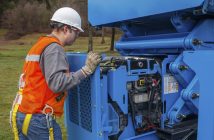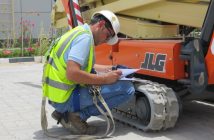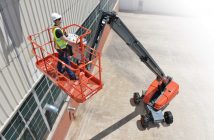WorkSafe inspectors have noticed an increasing number of mobile work platforms that have been self made or modified, many of which are badly designed and/or poorly constructed

Some have been fixed to tractors and vehicles, some made for towing, and some are modified from existing mobile elevating work platforms (MEWPs). Many are badly designed and/or poorly constructed. They pose considerable risk to workers who use them to work at height.
These risks include:
- falls from height
- instability (the platform toppling)
- difficulty for users getting in and out safely
- lack of basic safety features.
Advice
1. All EWPs (elevating work platforms) must be designed using sound and accepted engineering practices, and must be manufactured using the best methods and practices.
2. They will need either:
- a manufacturer’s certificate of compliance, or
- a certificate of compliance from a Chartered Professional Engineer (CPEng).
3. They should also have:
- a logbook and register of pre-operation and routine inspections, and
- continuous working and maintenance records.
4. If a MEWP is significantly altered or changed, the owner must get a certificate from the manufacturer or (if the manufacturer no longer exists) a report from a CPEng to confirm that the plant still meets the requirements of best practice guidelines and applicable standards.
5. Workers must also be provided with the information, training, instruction or supervision necessary to ensure that they can conduct work from the platform safely.
Where can you find more information?
Mobile elevating work platforms
Safe use of elevating work platforms in the horticulture industry
Working at height in New Zealand
Working safely near overhead electric powerlines [PDF, 113 KB]







